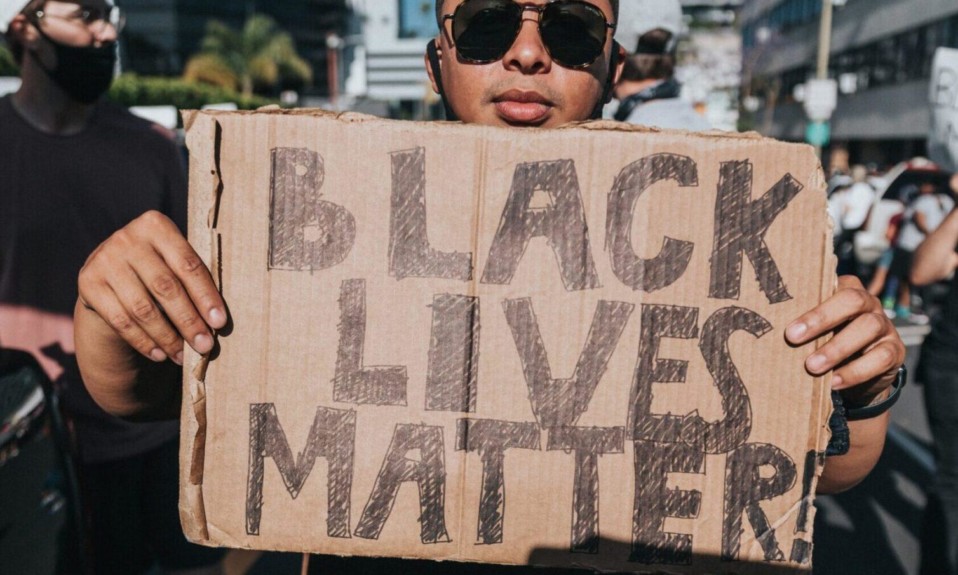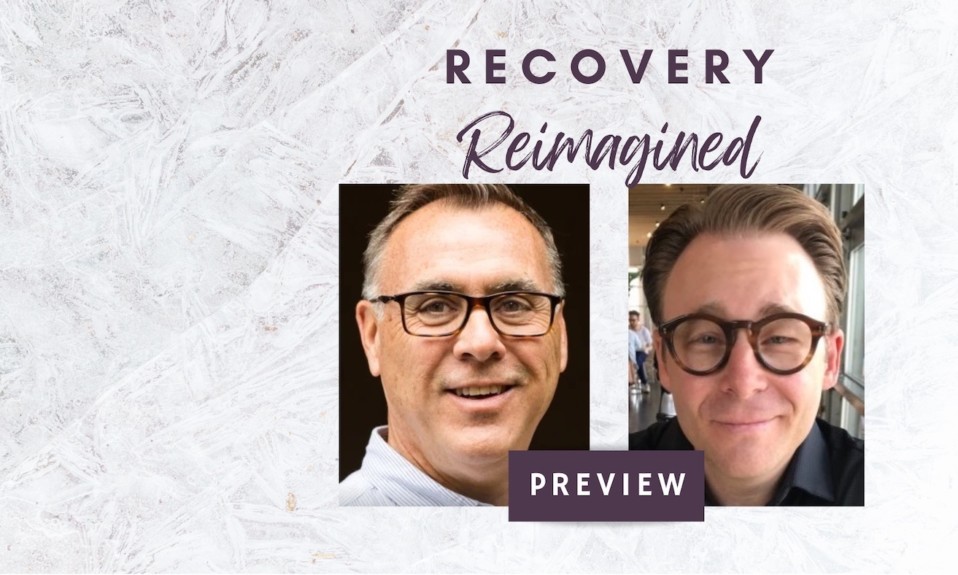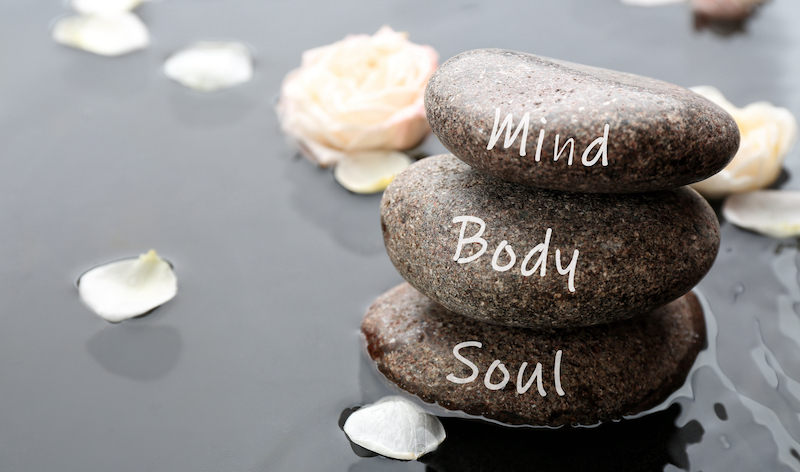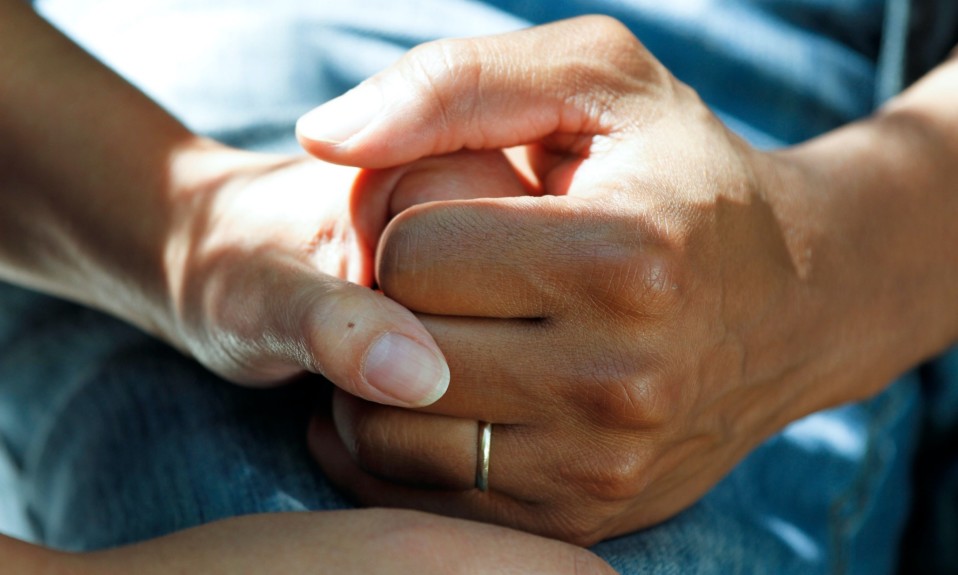Is this finally the moment when we’ll start making a giant leap toward recovery opportunities for all? Treatment insiders offer six ways to build a bridge toward racial equity
By William Wagner
We’re living in the era of the George Floyd and Breonna Taylor killings. Of the COVID-19 pandemic and the disproportionate hell it has wrought on communities of color. Of the widening wealth gap between whites and minorities. It’s an era when all the crooks and crevices of racial inequity are under scrutiny, including the shortcomings in addiction treatment.
The new Biden administration seems to understand this inflection point, this moment of reckoning. For the first time in the history of the White House Office of National Drug Control Policy (ONDCP), racial equity has been designated a top priority in addiction care. Some treatment professionals call this development a potential game changer.
“[Racial equity in addiction treatment] has to be promoted from the top, because people take it more seriously,” says Cynthia Moreno Tuohy, executive director of NAADAC, the Association for Addiction Professionals. “It gives people permission, right? And for people who are not as open, it helps them to think differently. If it’s from the top, it means it’s going to be in grants and regulations and will be promoted nationwide. It just gives us more possibilities to do the right thing.”
I have yet to attend a meeting where people of color are the majority. …What is inclusivity in recovery? For me, that doesn’t necessarily mean a space that is majority BIPOC [black, indigenous, people of color] or LGBTQIA+, but it is a space where all of our intersecting identities exist at once. It’s a space where we can heal as whole people and feel safe while doing it.”—Lazarus Letcher, artist
Nevertheless, the ONDCP and every other entity that’s tied to addiction treatment have a lot of ground to make up—generations of it. According to a May 2020 study by the University of Pennsylvania, even Black and Hispanic opioid overdose patients who have insurance are less likely than whites to seek follow-up care, pointing to a deep-seated disconnect between minorities and the treatment apparatus. The repercussions are evident in another Penn study, this one from January 2021. The research here indicates that opioid overdose deaths in Philadelphia have spiked among Blacks during the COVID-19 pandemic while decreasing among whites.
“When we’re talking about treatment, whether it’s for substance use or whatever, it’s a vulnerable time. It can be humiliating and shameful,” says Ariel “Air” Britt, who spoke to TreatmentMagazine.com for this story while she was a senior director for the SAFE Project (Stop the Addiction Fatality Epidemic), before she was appointed by the Biden administration in February to a new position as associate director, intergovernmental public liaison in the ONDCP. “Folks at that point really need to be supported by people who get their experience. If you walk into a space where you’re automatically othered and nobody’s recognizing the differences in your culture and upbringing and understanding, your bridge to recovery is at a pinhole point; it’s not expansive.”
We [at the NAATP] had an entirely white board of directors; we had an entirely white staff. We said, ‘How are we going to help expand health equity in addiction care if we don’t know how to do that?’”—Annie Peters, Ph.D., LP, director of research and education, National Association of Addiction Treatment Providers
Start with a Conversation about Racial Equity
Job No. 1 in widening the bridge to addiction recovery is acknowledging that, yes, racial equity is lacking. It’s a process that begins with having awkward, uncomfortable discussions. The National Association of Addiction Treatment Providers (NAATP) engaged in just such an exercise after its staff looked in the mirror and saw only shades of white.
“The George Floyd murder [in 2020] hit a lot of people in a profound way who had the privilege of not being as aware that this kind of police violence was widespread,” says Annie Peters, Ph.D., LP, director of research and education for the NAATP. “I think we have an opportunity right now. Awareness has been raised, and we need to act. We [at the NAATP] had an entirely white board of directors; we had an entirely white staff. We said, ‘How are we going to help expand health equity in addiction care if we don’t know how to do that?’ We realized we needed advisement.”
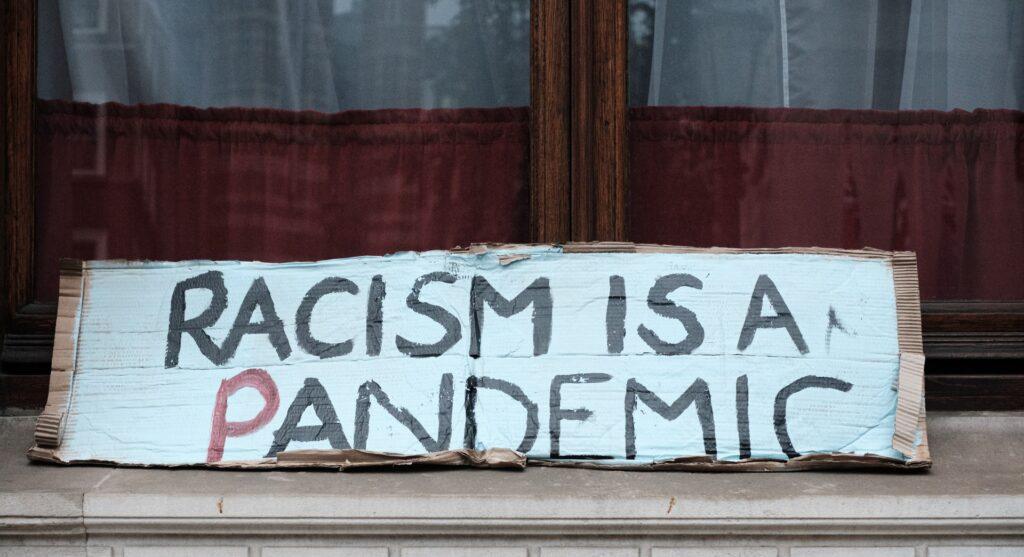
In August 2020 the NAATP formed its Diversity, Equity and Inclusivity (DEI) Advisory Committee, made up of about 20 behavioral health leaders, to talk through the systemic racism in treatment and recovery and formulate goals to pass on to its constituency of providers. Among the DEI’s initiatives is a Colors of Recovery video series in which committee members share their personal experiences and a slate of webinars, such as “Addiction in the African American Community: The Recovery Legacies of Frederick Douglass & Malcom X,” scheduled for Feb. 25.
When you have diversity in every single bubble of the treatment industry, then it forces those conversations to make sure we’re not missing people.”—Nzinga Harrison, M.D., host of the “In Recovery” podcast and chief medical officer of the outpatient addiction and mental health provider Eleanor Health
Build Staffs That Reflect Treatment Demographics
One of the areas of greatest concern pinpointed by the DEI, as well by many other organizations devoted to achieving racial equality across society’s spectrum, is the dearth of diversity within the addiction care community. This leads to very real missteps in who receives treatment and who doesn’t, and how it’s administered.
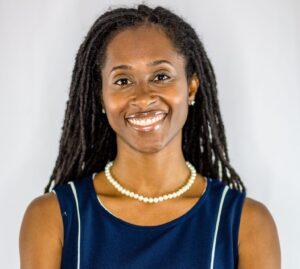
“We can’t put all the responsibility [to get treatment] on the people who have the illness,” says Nzinga Harrison, M.D., host of the In Recovery podcast and chief medical officer of the outpatient addiction and mental health provider Eleanor Health. “When you have diversity in every single bubble of the treatment industry, then it forces those conversations to make sure we’re not missing people. Easily there could be a program with an all-white staff serving 95% white patients, and that won’t necessarily seem like, ‘This might be a problem.’ And then you get one Hispanic person on the staff, and the Hispanic person says, ‘We’re actually in an area where there’s a significant Hispanic population with substance use disorders. Why do we think they’re not in our program?’”
In other words, patients often are more receptive to treatment providers who have the same background and characteristics that they do. This message is driven home in one of the DEI’s Colors of Recovery videos, featuring Tania Bhattacharyya, a person of Southeast Asian descent who is foundation executive director at the nonprofit New Directions for Women. Bhattacharyya recounts an interaction she had with an addiction patient that always has stuck with her:
“She was there packing up her bags and getting ready to leave. …She said, ‘I would love to invite you to my home. I would love to cook an Indian feast for you as a token of my gratitude.’ …I was surprised initially because I didn’t really know her that well. But the look on her [family’s] faces made it very evident that it meant something that another Southeast Asian woman was working there. It somehow legitimized addiction treatment [for the patient] and counteracted the stigma that is present in our culture against mental health and substance use disorder [SUD]. Representation really matters. It means something to be reflected in the space.”
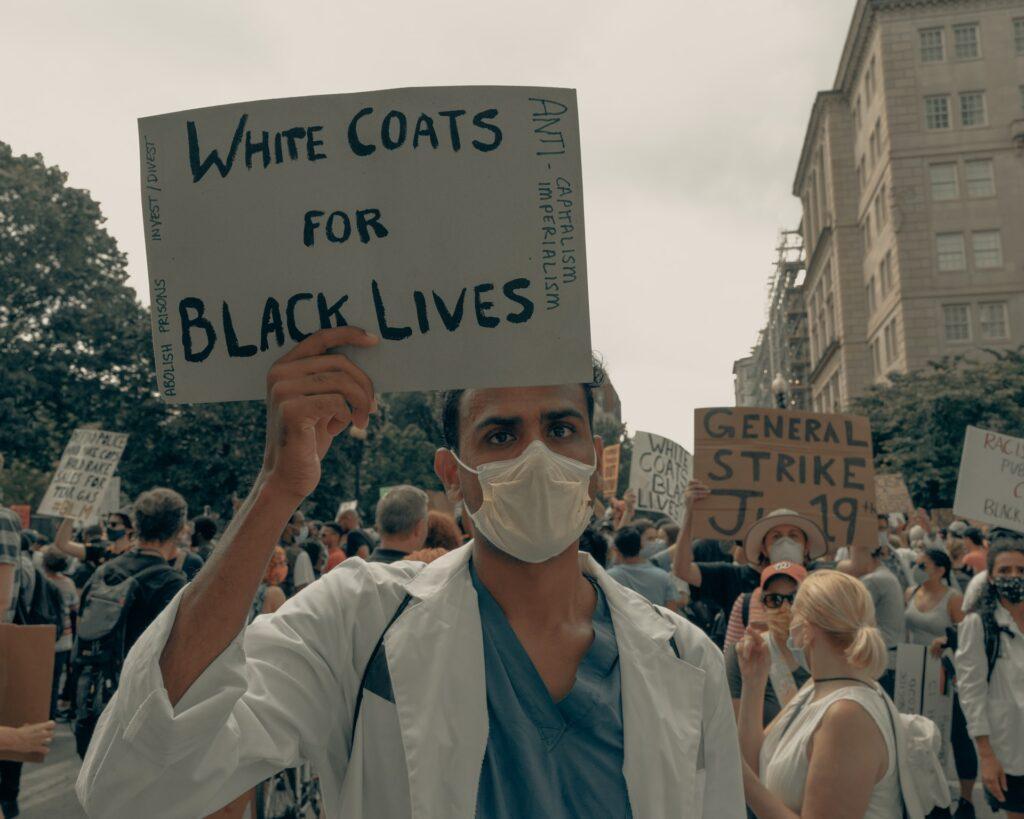
Slowly but surely, however, there are signs of transformation. For example, NAADAC elected its first-ever Black president in 2020, Angela Maxwell, Ph.D., CPS, who came to the job with 25 years of experience in substance use prevention. She will be seated in 2022. Upon being elected president of NAADAC, Maxwell said, “[T]here must be a unified voice that consistently advocates on behalf of the field.”
Place a Premium on Education
As important as it is, hiring with an eye toward diversity is just part of the equation. True racial equity comes down to everyone (read: whites) in the system being educated about its importance and, in turn, buying into the concept. Britt sees this as clearly as anyone. She’s an African American woman, but her mentor is a white male, Matt Statman, who taught her the ropes when he was spearheading the sober support-oriented Collegiate Recovery Program at her college, the University of Michigan.

“He’s a white, older man, and still I feel more connected to him because he is well versed in his work on how to be an ally and supportive of anyone,” says the 35-year-old Britt. “It’s not just something where you need to hire a bunch of folks of color. People get into, ‘We’re just going to hire all these [minority] folks.’ But if the [entire] system isn’t rooted in inclusivity and expansive knowledge and understanding of how this matters and is vital, that’s a problem.”
Tuohy sees it clearly, too. Deploying educational initiatives to make the space more inclusive is a core aspect of what NAADAC does for its membership of treatment professionals. As part of Black History Month, for instance, NAADAC is staging a webinar on Feb. 25 and 26 called “Engagement in the Black Community: A Virtual NAADAC Summit.”
“We’ve been doing more education and information,” Tuohy says. “Part of that is to build awareness around working with African Americans and helping [the association’s professionals] understand the issues in treatment. We’re opening up other ways for people to get involved and educated, and also just comfortable. You can give them the education, information and opportunity to network and address any barriers they feel about working in the Black community.”
Bottom line? Racial disparities can’t be tackled in a meaningful way unless an educational mindset permeates the entire addiction space, from key associations such as NAADAC and the NAATP to the thousands of treatment programs in the United States.
“We have to educate our workforce that being anti-racist doesn’t mean we’ve previously been racist,” Peters says. “Anti-racism training is helpful in reducing micro aggressions and the colorblind approach [that every patient should be treated the same way]. We all have a role in fixing the system.”

Reach Out—It Is Everything
Fixing the system won’t be anything other than a heavy, history-defying lift. From the perspective of many minority communities, the system is broken beyond repair. It’s not to be trusted, in part because of the punitive War on Drugs that dominated U.S. addiction policy in the 1980s and ’90s and, to some extent, still lingers.
Britt minces no words when talking about how minorities, especially Blacks, tend to view their lot: “Some communities are criminalized, and others are granted treatment. That’s just the story of it.” The statistics back up her point. According to research from the National Association for the Advancement of Colored People (NAACP), Blacks are almost six times more likely to be imprisoned for drug-related offenses than whites, even though the usage rates among the two races are about the same.
But substance-related racial bias predates the War on Drugs, going back at least as far as the creation of the modern-day treatment space.
“The NAATP has been around for over 40 years, close to the beginning of when there was specialized treatment for addiction,” Peters says. “Really, the [treatment] models back then were developed by white men. What is now thought of as residential treatment was developed by a certain segment of the population. By and large, research on it has demonstrated its effectiveness among that demographic.
“Why, people often ask, aren’t there a lot of people of color in that type of treatment? Why is it that people of color aren’t often accessing that type of treatment? One thing that comes up first is it might not fit for them, and there’s understandable distrust in communities of color about healthcare. That in itself is one effect, and I don’t think a lot of treatment programs know how to do outreach in a way that underserved communities can really hear and understand.”
So, how can the addiction treatment sector reach minority populations that look at it with a wary eye? For starters, it has to extend a hand that’s empathetic. The NAATP’s diversity advisory committee, for instance, has suggested that treatment programs connect with Black churches, which often are the bedrocks of African American neighborhoods. “But it has to be done in a way that doesn’t seem like it’s just trying to make money. It has to be mindful and informed so that it’s actually helpful,” Peters cautions. Meanwhile, NAADAC provides Spanish-language training to treatment professionals to help them make headway with Hispanics.
The ultimate form of outreach is to build recovery platforms that are tailored to meet the needs and address the nuances of specific populations. It circles back to the idea Bhattacharyya conveys in her Colors of Recovery video: “Representation really matters.” Or as Britt, who’s in recovery herself, says, “There’s a breath of fresh air when I walk into a room and can immediately connect, whether it’s visibly or culturally, with someone who gets me.”
Along those lines, Lazarus Letcher, a transgender Black artist, penned a 2020 article in The Temper about their experiences with treatment and recovery. Letcher writes, “The 12-step model of recovery was not built with someone like me in mind—a Black, nonbinary trans, queer desert dweller. I have yet to attend a meeting where people of color are the majority.” They go on to say, “What is inclusivity in recovery? For me, that doesn’t necessarily mean a space that is majority BIPOC [black, indigenous, people of color] or LGBTQIA+, but it is a space where all of our intersecting identities exist at once. It’s a space where we can heal as whole people and feel safe while doing it.”
Share the Wealth: Fund Racial Equity in Treatment
The almighty dollar, of course, usually trumps the ideal of inclusivity and just about everything else. As a result, minorities can slip through the cracks when it comes to receiving full-bodied addiction treatment, or any treatment at all.
“The funding issue is big,” Peters says. “Not all people of color have funding issues, of course, but there does tend to be an economic disadvantage that goes along with a cultural disadvantage or marginalization. People of color are less likely to have private insurance. And if they have Medicaid, that doesn’t pay for residential treatment. It pays for a certain type of treatment. In general, my understanding is that people of color are more frequently treated in the public health system and as outpatients. If they have Medicaid, their options are limited.”
Britt suggests a “scholarship” approach toward people with SUD in underserved communities. “Many treatment centers tend to have a lot of money, right?” she says. “Offer more scholarships to communities of color; offer their robust services to marginalized communities. Instead of putting money in our pockets, how can we take that and put it back in the community?
“It’s really, really important that centers understand racial barriers, inequalities in treatment. How are they as a treatment center putting back into the community and providing more affordable care for folks from those communities? Don’t just talk about it. Make what you’re providing more accessible.”
Funding, Tuohy says, also needs to be made available for those who want to provide the treatment to marginalized populations but lack the means to pursue the educational requirements. “For eight years, NAADAC worked with Congress and SAMHSA [the Substance Abuse and Mental Health Services Administration] to include addiction counselors as part of the [federally funded] Minority Fellowship Program. The program reaches out not just to minorities but to people who want to work with minorities, and it gives them tuition support.”
With money from this program, Tuohy says NAADAC does “outreach to treatment programs, colleges and universities, and the historic black college and university system. We’re reaching out to let them know there’s this money that’s available. Creating that funding pipeline is something we’ve worked really hard on.”
Stay Focused on the Future
The work continues, but Tuohy and others remain determined to make sure addiction treatment benefits everyone. And maybe—just maybe—we’re closer than ever to achieving that bold and elusive goal of racial equity. Remember, it starts at the top.
“President Lincoln worked to change how people were thinking about slavery and people of black heritage,” Tuohy says. “Maybe this president [Biden] is making another giant step in terms of changing what treatment equity is in the United States. We’re not there yet. We need to keep up a constant effort on this.”
Photos: Nathan Dumlao, Ehimetalor Akhere Unuabona, Clay Banks, Hian Oliveira


